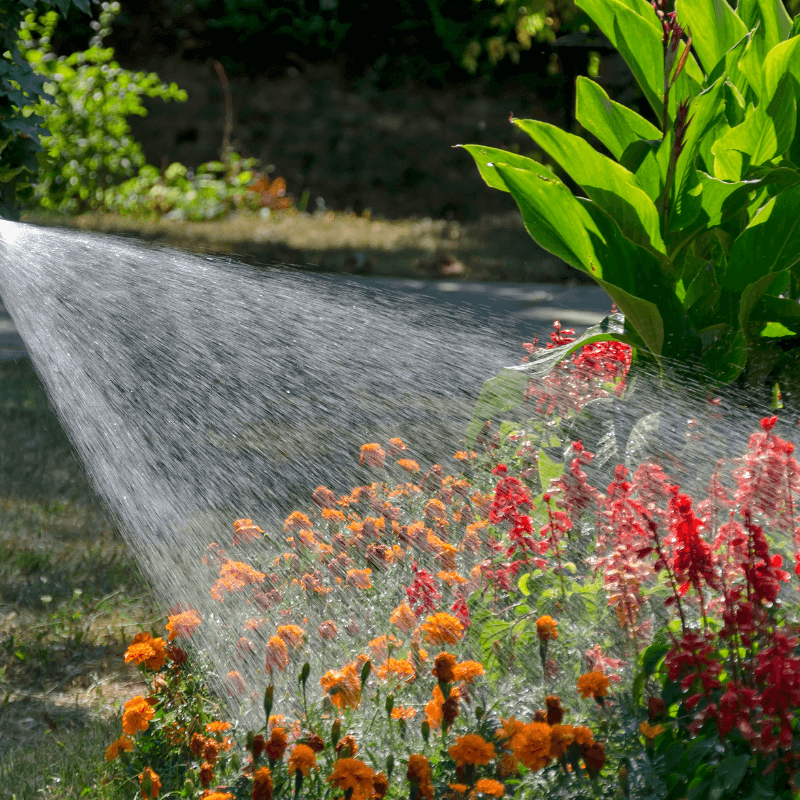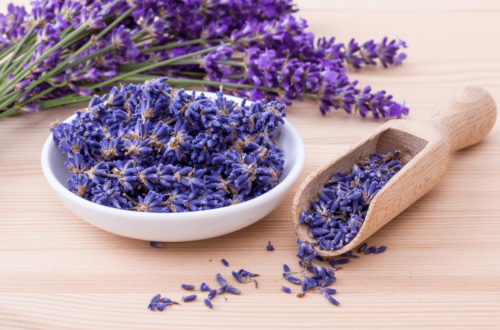
Master the Art of Watering: Unleash the Full Potential of Your Plants This Summer
Watering 101: How to Keep Your Plants Hydrated this Summer
As the temperature rises, it's important to make sure your plants are getting enough water to stay healthy and vibrant. Proper watering is essential for their growth and survival during the hot summer months. However, overwatering can be just as harmful as underwatering, so it's important to strike the right balance.
Whether you're a seasoned gardener or a beginner, this article will provide you with the knowledge and tools you need to keep your plants hydrated and healthy this summer. From understanding the different watering needs of various plants to choosing the right watering method, you'll learn everything you need to know to keep your greenery thriving. So, let's dive into Watering 101 and discover the secrets to successful plant hydration.
Why Watering is Important
Plants need water to survive, and watering is one of the most important things you can do to keep your plants healthy and happy. Without enough water, plants can wilt, become stressed, and even die. Water is essential for plant growth and helps to transport nutrients throughout the plant.
Watering helps to keep plants hydrated and maintain the right level of moisture in the soil. When plants are well-hydrated, they can better withstand heat and drought conditions. Water also helps to regulate the temperature of the plant and keep it cool during hot weather.
The amount of water a plant needs depends on its species, size, and location. It's important to water plants regularly, but not too much or too little. Overwatering can lead to root rot and other problems, while underwatering can cause plants to dry out and die.
When watering your plants, it's important to use the right amount of water and apply it evenly. You can use a watering can, hose, or irrigation system to water your plants. It's also important to water the soil, not just the leaves, as this helps to ensure that the water reaches the roots.
In summary, watering is essential for plant growth and health. By keeping your plants well-hydrated, you can help them thrive and enjoy a beautiful, lush garden this summer.
Different Methods of Watering
Manual Watering
Manual watering is the most common method of watering plants. It requires the use of a watering can, hose, or sprinkler. The type of watering tool used depends on the size of the garden or container and the amount of water required.
A watering can is ideal for small gardens or container plants. It is easy to carry, and the water can be directed to the base of the plant. A hose is a good option for larger gardens, and it can be used to reach plants that are further away. A sprinkler is another option for large gardens and can be set up to water the entire area.
One thing to keep in mind when using manual watering methods is to ensure that the water is reaching the roots of the plant. Watering the leaves can lead to disease and fungal growth.
Automatic Watering
Automatic watering is a convenient way to keep plants hydrated without the need for manual intervention. There are several methods of automatic watering, including drip irrigation, soaker hoses, and irrigation systems.
Drip irrigation is a system that uses a network of tubes to deliver water directly to the base of the plant. This method is efficient and reduces water waste. Soaker hoses are another option that delivers water slowly and directly to the roots of the plant.
Irrigation systems are the most advanced method of automatic watering. They use a network of pipes and sprinklers to deliver water to the entire garden. These systems can be adjusted to deliver the right amount of water to each plant, and they can be set on a timer to water the garden at specific times of the day.
Regardless of the method used, it is important to ensure that plants are receiving the right amount of water. Overwatering can be just as harmful as underwatering. The type of plant, soil, and weather conditions should all be taken into consideration when determining the amount of water needed.
Watering Techniques
When it comes to watering plants, there are a few techniques that can help keep them hydrated during the hot summer months. Here are some tips to keep your plants healthy and hydrated:
Water Deeply
Watering deeply is important to ensure that the water reaches the base of the roots. This encourages the roots to grow deeper, which helps the plant to better withstand drought conditions. When watering deeply, make sure to water slowly and evenly to avoid runoff.
Watering Frequency
The frequency of watering depends on the type of plant, the moisture level of the soil, and the weather conditions. As a general rule, most plants need to be watered when the top inch of soil feels dry to the touch. However, some plants like drought-tolerant plants require less frequent watering.
Mulching
Mulching is a great way to retain moisture in the soil and reduce evaporation. Adding a layer of mulch around the base of the plant helps to keep the soil cool and moist. Mulch also helps to prevent fungal problems by keeping the foliage and bark dry.
When it comes to watering potted plants, it's important to make sure that the pot has proper drainage to avoid waterlogging. A drip irrigation system or soaker hose can be helpful for watering potted plants.
For houseplants, it's important to keep the soil evenly moist but not waterlogged. A timer can be helpful for maintaining a consistent watering schedule.
When watering the lawn, it's best to water early in the morning or late in the evening to avoid the hot sun. Using a sprinkler can be an effective way to water the lawn, but make sure to adjust it so that it doesn't water the pavement or sidewalk.
In hot weather, it's important to increase the frequency of watering and use shade cloth to protect the plants from the sun. Using a plastic bottle with holes punched in the cap can be an effective way to water plants slowly and deeply.
By following these watering techniques, you can keep your garden hydrated and healthy throughout the summer months.
Best Practices for Watering
Watering plants may seem like a simple task, but there are some best practices to follow to ensure your plants stay hydrated and healthy this summer. Here are some tips to keep in mind:
Know Your Plants
Different plants have different watering needs. Some plants, like succulents, prefer drier soil, while others, like ferns, require more moisture. It's important to research the watering needs of your specific plants and adjust your watering schedule accordingly.
Water Deeply and Infrequently
When you water your plants, it's important to water deeply and infrequently. This means giving your plants a good soaking, rather than just a light sprinkle. This encourages deeper root growth and helps your plants become more drought-resistant.
Water in the Morning
Watering in the morning is the best time of day to water your plants. This allows the water to soak into the soil before the heat of the day sets in, reducing the risk of evaporation. Watering in the evening can lead to excess moisture on the leaves, which can encourage fungal growth.
Use Mulch
Mulch can help retain moisture in the soil and reduce the need for frequent watering. Apply a layer of mulch around your plants to help keep the soil moist and cool.
Consider the Environment
Factors like outdoor temperature, soil type, and the weight of your soil can all impact your watering schedule. For example, sandy soil may require more frequent watering than clay soil. Pay attention to the environment and adjust your watering schedule as needed.
By following these best practices, you can help ensure your plants stay hydrated and healthy all summer long.
Harnessing the Health Benefits of Turmeric: Your Guide to this Super Spice


